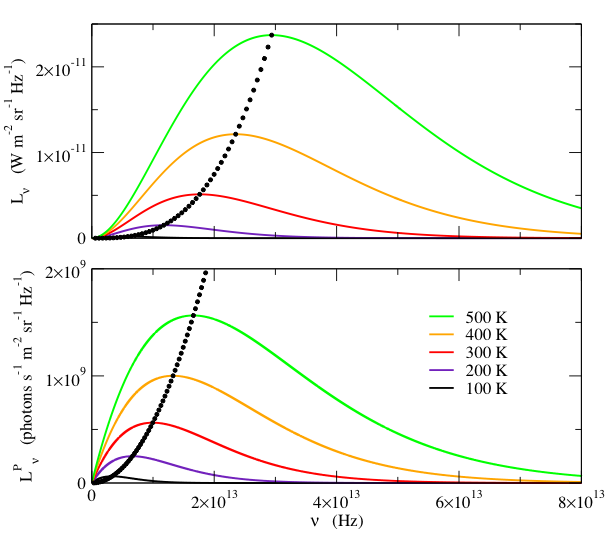

R., 2010, Advanced Heat and Mass Transfer, Global Digital Press, Columbia, MO. Use conservation of energy and the Stefan-Boltzmann law to calculate the. and Rhee, K.T., 1984, ‘’Blackbody Radiation Functions,” Int. If this is divided by the area under the entire curve (which has a value of σ), then the areas are the F 0- λT values on the right-hand-side of eq. 2 shows the difference in the blackbody normalized emissive power (the cross-hatched area) in the range (1), the blackbody emissive power in any interval ( λ T) 1 to ( λ T) 2 can be found from f(Xi) ith element of the data points fv soot volume fraction (ppm).

mixture fraction, and (3) an uncoupled calculation where the radiative heat loss fraction was. Abstract: Two dimensions primary soot diameter calculation in a laminar diffusion. Keeping only five terms in the summation gives results accurate to five significant figures up to F 0- λT of at least 0.99812 (at λ T = 100,000), and four terms is accurate to five significant figures up to λT = 6,000, where F 0- λT = 0.73778. to obtain the divergence of radiation heat flux, F. m emits like a blackbody with the temperature 5780 K. radiation, and absorbs a fraction f of terrestrial radiation because of. is transparent for solar radiation and absorbs fraction f of the. Equation (2) converges rapidly, generally requiring only a few terms for accurate evaluation. fraction of the corresponding blackbody emission at the same temperature. This can be integrated by parts using the same change of variables as forįrom Planck distribution and its consequences ( Chang and Rhee, 1984)) to give the analytical relation Integration of that equation over the range results in the fraction of blackbody emission in that range as This is most conveniently done through use of the following equation:įrom Planck distribution.

Based on equation (2), the spectral density of luminance of a blackbody is. It is often necessary or useful to find the fraction of blackbody spectral emissive power that lies within a particular range of wavelength. Since the fraction A() is re-emitted through radiation, an emission factor. Figure 1: Plot of the blackbody fraction vs. Newtonian relativity, the blackbody radiation spectrum contradicted predictions.


 0 kommentar(er)
0 kommentar(er)
